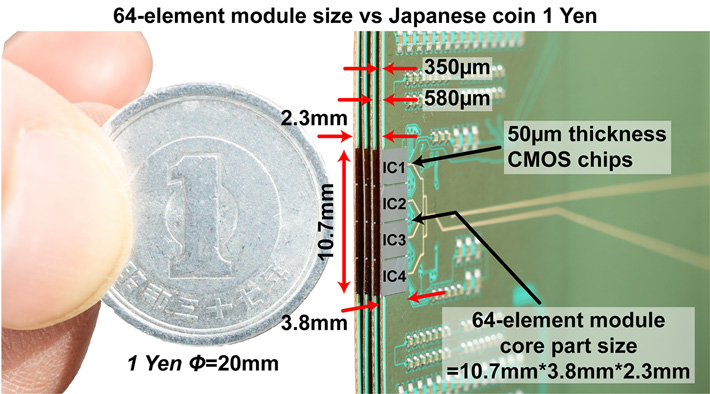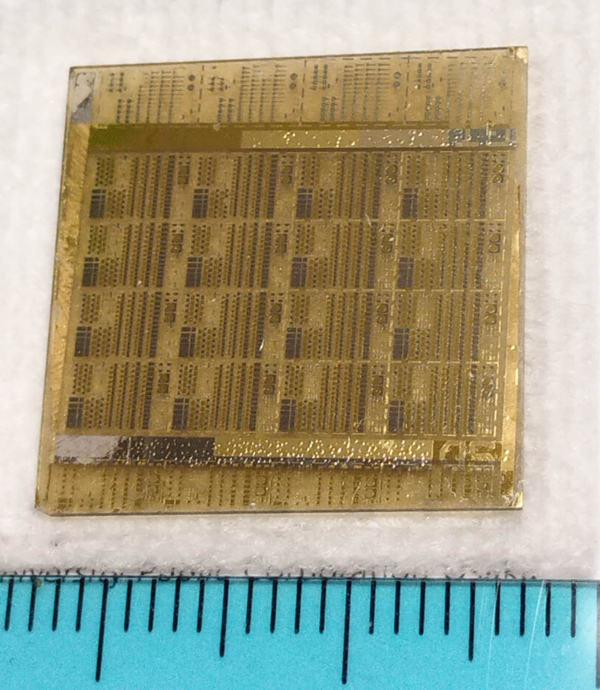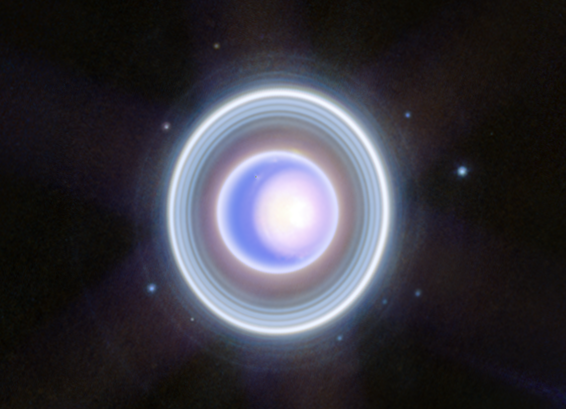
Thanks to a highly optimized circuit topology and layout, the proposed transmitter chips can be arranged into a 64-element array occupying a minuscule volume.
New phased-array transmitter design overcomes common problems of CMOS technology in the 300 GHz band, as reported by scientists from Tokyo Tech. Thanks to its remarkable area efficiency, low power consumption, and high data rate, the proposed transmitter could pave the way to many technological applications in the 300 GHz band, including body and cell monitoring, radar, 6G wireless communications, and terahertz sensors.
Today, most frequencies above the 250 GHz mark remain unallocated.
Accordingly, many researchers are developing 300 GHz transmitters/receivers to capital...
Read More







Recent Comments